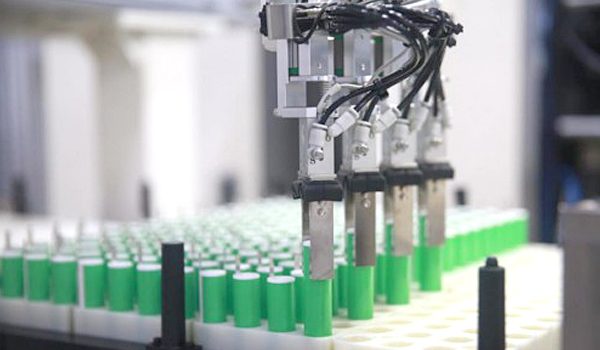400-8016-802
中文版
Date:2020-12-19 Sources: Beijing News Author: Wei Shuai Clicknum:456
At the International Summit Forum on the New Energy Industry of Lithium Battery, known as the 'Davos' of lithium battery, many experts said that under the influence of cost and other issues, the industry''s deep reshuffle period is about to come, and how to seize the opportunity to survive and develop , Breaking through is currently the top priority for domestic power battery companies to think about.

With the expansion of the new energy vehicle market, the demand for power batteries has also risen. But it is worth noting that the cost of power batteries as a key component is still a key factor hindering most Chinese companies from achieving industry expansion.
According to the latest data released by the Travel Association, the demand for batteries from January to October 2018 was 35.93 million kWh, a year-on-year increase of 110%. The power battery cost report issued by the international investment agency UBS stated that the cost of CATL, which has advantages of scale in China, ranks fourth after Panasonic, LG Chem and Samsung SDI, and its cost exceeds US$150/kWh. Panasonic is only $111/kWh. With scale expansion, how can power battery companies achieve cost breakthroughs?
Demand growth power battery capacity expansion
Under the multilateral support of policies and the market, new energy vehicles have achieved a 75% rise against the trend in the situation of negative growth in the auto market, followed by a substantial increase in battery demand by 110%.
It is understood that many mainstream companies are also expanding their production capacity. On November 29, CATL issued an announcement stating that the total planned investment will not exceed RMB 7.4 billion, through its wholly-owned subsidiary, Jiangsu Times New Energy Technology, to invest in the construction of Jiangsu Times Power and Energy Storage lithium battery R&D and production projects. BYD expanded the production capacity of 24Gwh ternary batteries in Qinghai. The first phase was put into operation in June this year, and it is expected to reach full production by the end of next year.
Prior to this, the 'Action Plan to Promote the Development of the Automotive Power Battery Industry' released in March 2017 clearly stated that by 2020, the goal of achieving the specific energy of power battery cells exceeds 300Wh/kg, and the specific energy of the system will strive to reach 260Wh/kg. Therefore, updating battery technology and increasing battery energy density are the core competitiveness of power battery companies. However, domestic companies have obvious disadvantages in the key raw materials for achieving high energy density, while Japanese and South Korean representative companies Panasonic and Samsung have natural advantages.
Experts face deep reshuffle of power batteries under cost pressure